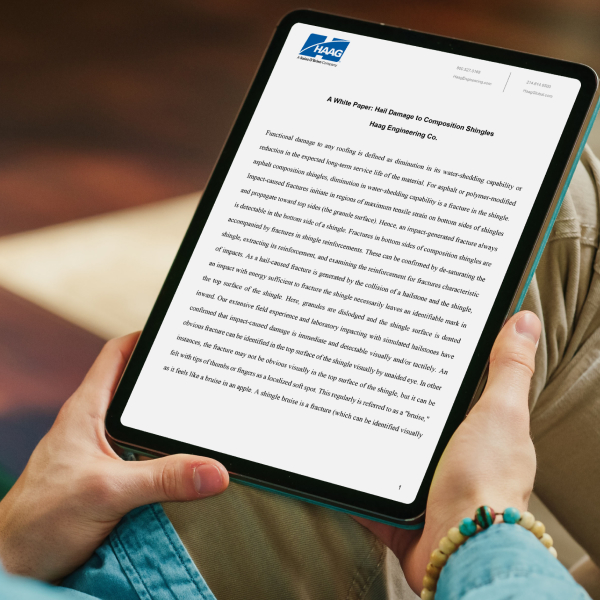Repairing Foundation Issues
All shallow foundations in contact with clay soil will experience some degree of movement, usually seasonally, and an owner should recognize that complete isolation from the effects of clay is generally not practical or affordable. Some degree of movement is accepted by most owners, and the strategies chosen to limit that movement are a function of the owner’s sensitivity to cosmetic cracks, building use, and cost. Differential movement does not reduce the structural capacity of the foundation. The floor and foundation simply are not level. If an owner does not mind the existing condition of their house, foundation repairs are not required.
When repairs are performed, the most common method is to add pier supports under the foundation. The greatest movement is typically from seasonal shrink/swell of the clay, and it manifests at the perimeter. Stabilizing the house with added supports along the perimeter is the most cost-effective method of repair. Any pier type will work. A house is so lightly loaded that any of the commercially available systems will support the weight. The primary consideration should be depth. The added piers should be deep enough that they support the house on soil that will not be dried and wetted seasonally.
Engineers typically specify repair piers to be around 15 feet deep when trying to economically extend below the zone of seasonal moisture change. Additional depth may offer added protection against drying by large trees. The number of piers needed to reduce perimeter movement depends on the owner. An owner can choose to add supports to the areas that concern them and hope the other parts of the house continue to perform satisfactorily (partial piering) or an owner can choose to add supports around the entire perimeter all at once. Regardless, the floor can be lifted once the piers are installed, but it is highly unlikely that a contractor will be able to return the floor to level. About 1-inch of difference is normal for even a new house, and once a floor has distorted, restoring the level shape is usually impractical. (The wood framing will have essentially warped into the distorted shape.) The owner should discuss lifting, potential damage to plumbing, and any grouting of voids left under a slab by lifting it.
Finally, an owner should understand that the house still rests on clay soil and can move seasonally in the future. The piered areas will likely not settle much unless there is a severe drought that affects the deep soil, but they can still be lifted upward off the piers when the soil takes on water and heaves. For this reason, we believe it makes sense to wait until the wet season to install piers so that the house is underpinned at close to its highest level. When large trees grow close to the house, they often establish roots under it, and those roots can be cut to reduce the possibility that the interior slab will settle during dry weather, leaving the perimeter perched on piers.

